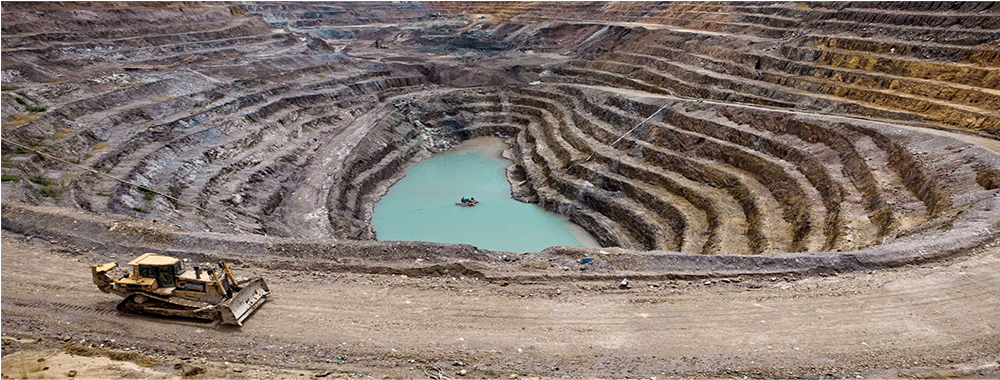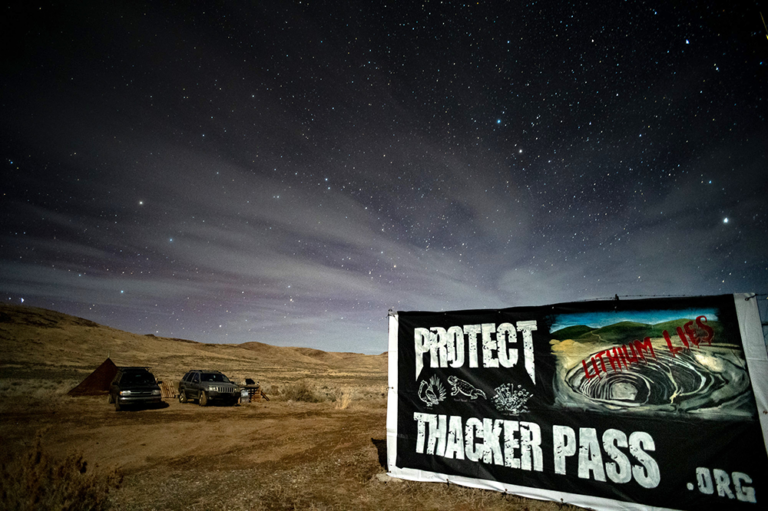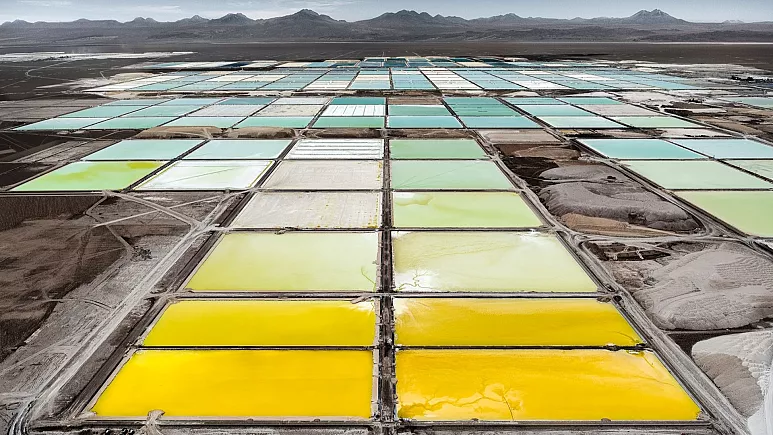EV Battery Considerations: Chemistry & Mining

In 2022, the State of California established a plan to make all new vehicle sales zero-emission vehicles (ZEVs) by 2035. No doubt this will be a tremendous step forward with respect to minimizing the amount of carbon pollution our cars will emit into the atmosphere. But considering that the vast majority of the new cleaner vehicles will be powered by batteries, we need to consider the environmental impact of the mining and use of these batteries’ component chemicals and metals.
The overwhelming majority of EV batteries are made with some form of lithium-ion (Li-ion) chemistry, as are the batteries of most cell phones and laptop computers. Because of this fact, the US Department of Energy forecasts that global lithium demand will increase by 500% by 2050. Lithium is a soft, light metal, the lightest in existence. It occurs in a solid state below 357°F, but it doesn’t appear independently in nature; it’s found in minerals combined with other elements or dissolved in brines.
One type of Li-ion battery that’s surging in popularity is Lithium Iron Phosphate (LiFePO4 or LFP), due to its comparatively low cost and common, accessible minerals; LFP batteries can also charge quickly, have a lighter weight, excellent safety, and up to ten times the total lifespan of other Li-ion chemistries. M. Stanley Whittingham, one of the inventors of the Li-ion battery, says that currently, LFP “should be used in all grid storage systems and lower-cost cars.”
Lithium nickel manganese cobalt oxide (NMC) is also somewhat common because of its greater capacity and thus longer driving range; however, NMC batteries are more expensive than LFP, and nickel, manganese, and cobalt aren’t mined in large volumes in North America. LFP batteries are free of nickel and cobalt, though Toyota recently announced a breakthrough by adding manganese to LFP in order to increase driving range.
Lithium, nickel, manganese, and cobalt all pose dangers to human health; all can be toxic, and both nickel and cobalt can cause cancer. Moreover, most cobalt is sourced from the Democratic Republic of Congo, which is notorious for its abysmal record of mining using child labor.
Lithium is extracted in three ways: hard rock mining, evaporation pools, and direct lithium extraction, with the latter being by far the least environmentally hazardous.
The Thacker Pass Project in Nevada is currently the only hard rock lithium mine in the US. While the mine has support from both political parties in the state, native peoples consider the land sacred and, along with environmental groups, have serious concerns about its effects on nearby water quality and its negative impact on vulnerable wildlife.
The Atacama Desert in Chile is home to prime examples of lithium evaporation pools. Mine operators extract huge amounts of groundwater from aquifers and leave it in these pools for 18 months, ending with a powder that contains 6% lithium. The process is incredibly water-intensive: it requires 2.2 million liters of water to yield one ton of lithium, leaving little for nearby indigenous tribes’ subsistence and damaging the soil. Air quality is also affected when wind gusts blow the lithium and other toxic dust.
Finally, direct lithium extraction (DLE) uses brine heated underground by molten rock; that brine is already being used in geothermal power plants. An extra step can potentially be added in which lithium can be extracted from the brine; the National Renewable Energy Laboratory (NREL) is currently offering a prize for the academic individual or team who proposes the best method to extract the lithium. At the end of this process, the brine is re-injected into its aquifer. California’s own Salton Sea has the potential to use this method to supply ten times the US demand for lithium and help provide economic revival to that region.
To summarize the biggest comparative advantages of DLE:
- Brine is already being pumped for use in geothermal plants
- Much faster than other methods
- Yields lithium with higher purity
- Much lower water consumption
- Extracts lithium from a wide variety of brines, including brine from oilfields
- Most brines can be re-injected into aquifer
Emissions from vehicles contribute significantly to greenhouse gasses, and thus are an appreciable contributor to climate change. SSV supports changing our driving habits by using alternate transportation, including public transportation, in order to reduce carbon emissions, alleviate traffic, and conserve rubber and resources from tire consumption. To the extent that we don’t achieve this, we support replacing dirtier gasoline and diesel-fueled vehicles with cleaner battery-powered ones, provided that DLE continues to become the preferred method to obtain the required lithium, and the batteries use minimal amounts of rare toxic minerals such as cobalt, nickel, and manganese.
Links
California Enacts World-Leading Plan to Achieve 100 Percent Zero-Emission Vehicles by 2035
Can Geothermal Energy Solve the Lithium Shortfall?
For EV batteries, lithium iron phosphate narrows the gap with nickel, cobalt | Reuters
Ford Will Build a U.S. Battery Factory With Technology From China – The New York Times
‘Silicon Valley of lithium’: Nevada mine breaks ground – E&E News by POLITICO
How ‘modern-day slavery’ in the Congo powers the rechargeable battery economy
In Chile’s desert lie vast reserves of lithium — key for electric car batteries
Using Direct Lithium Extraction To Secure U.S. Supplies | News | NREL
Salton Sea lithium deposits could help EV transition, support economically devastated area
Revealed: how US transition to electric cars threatens environmental havoc

